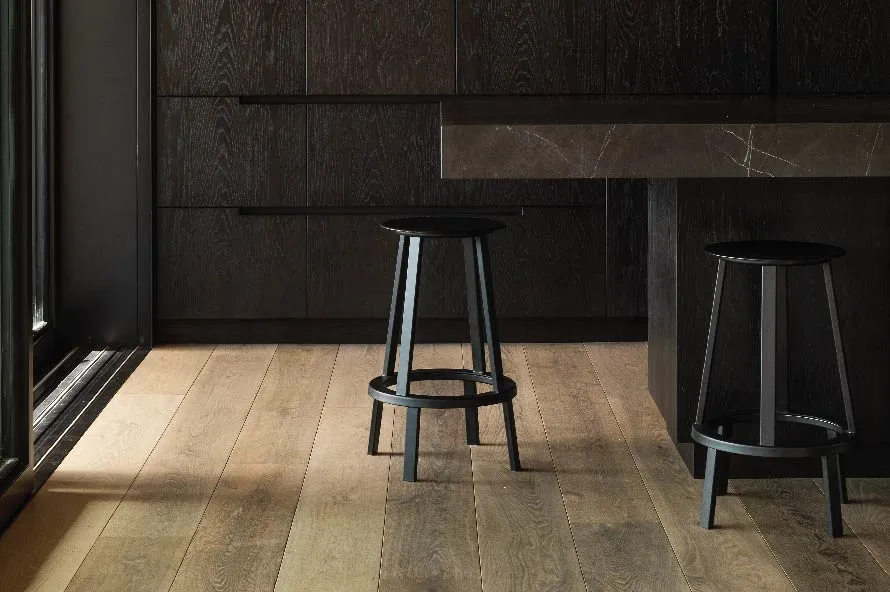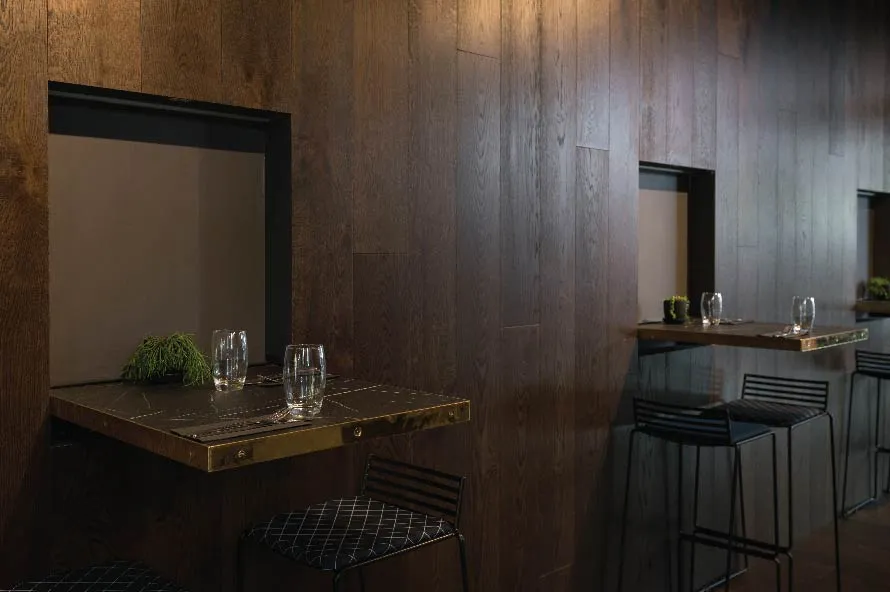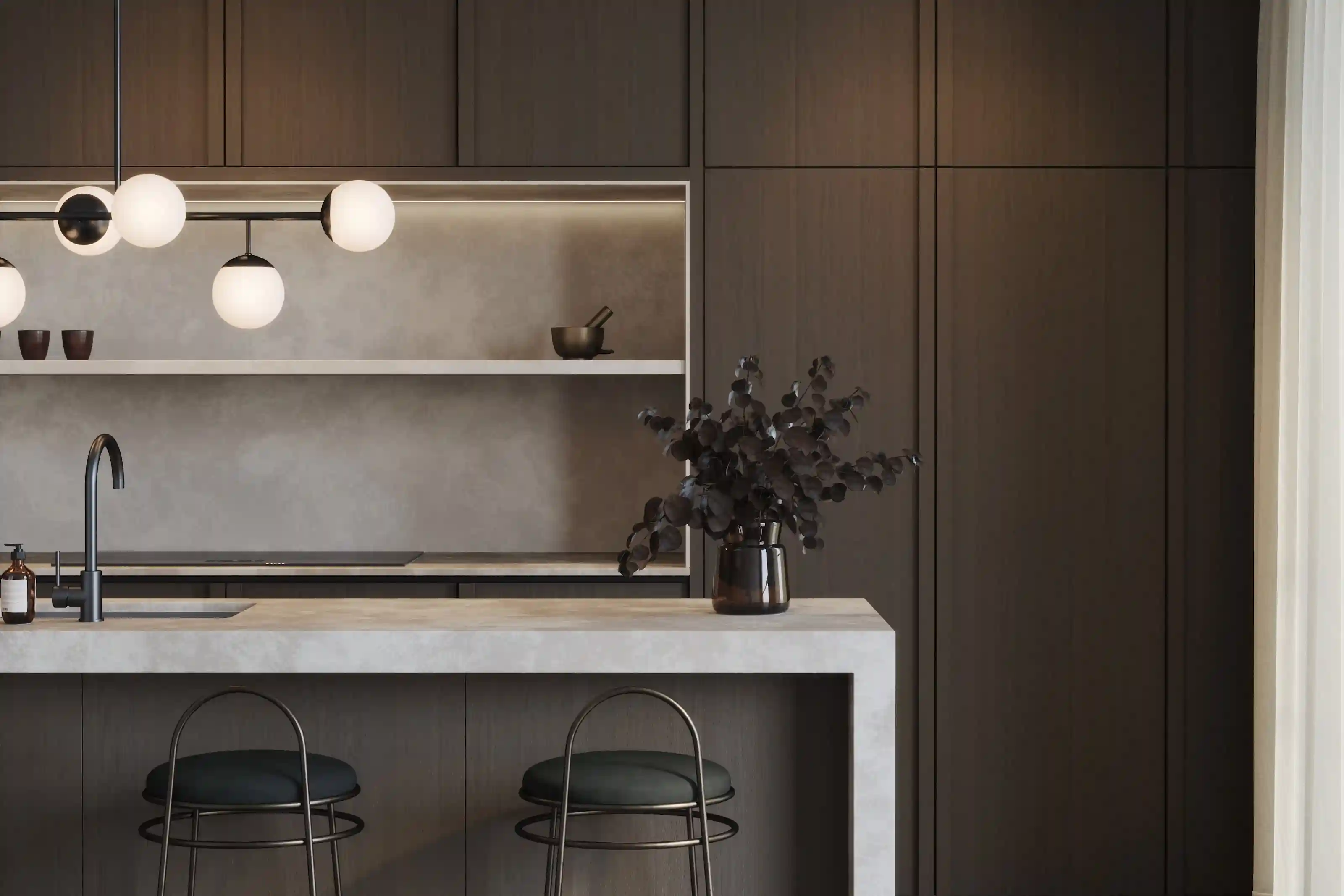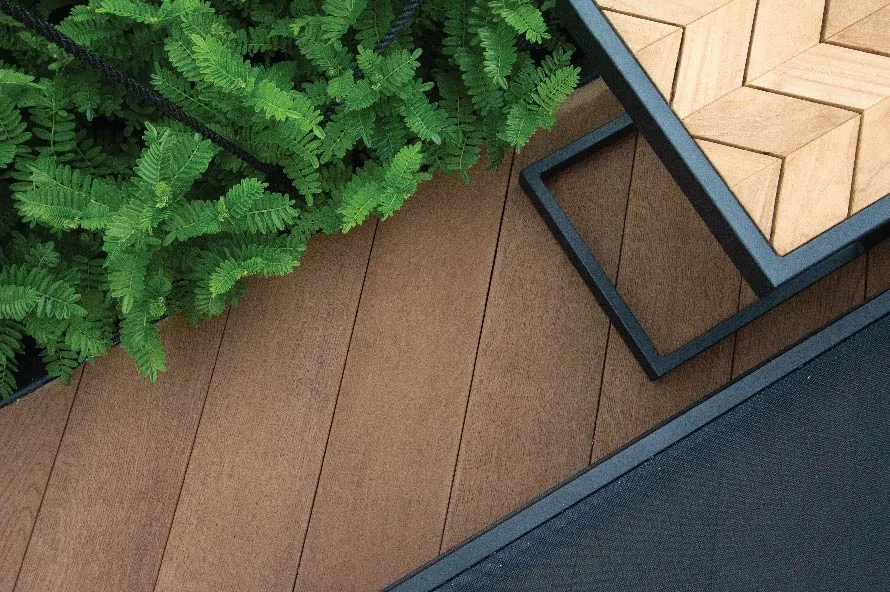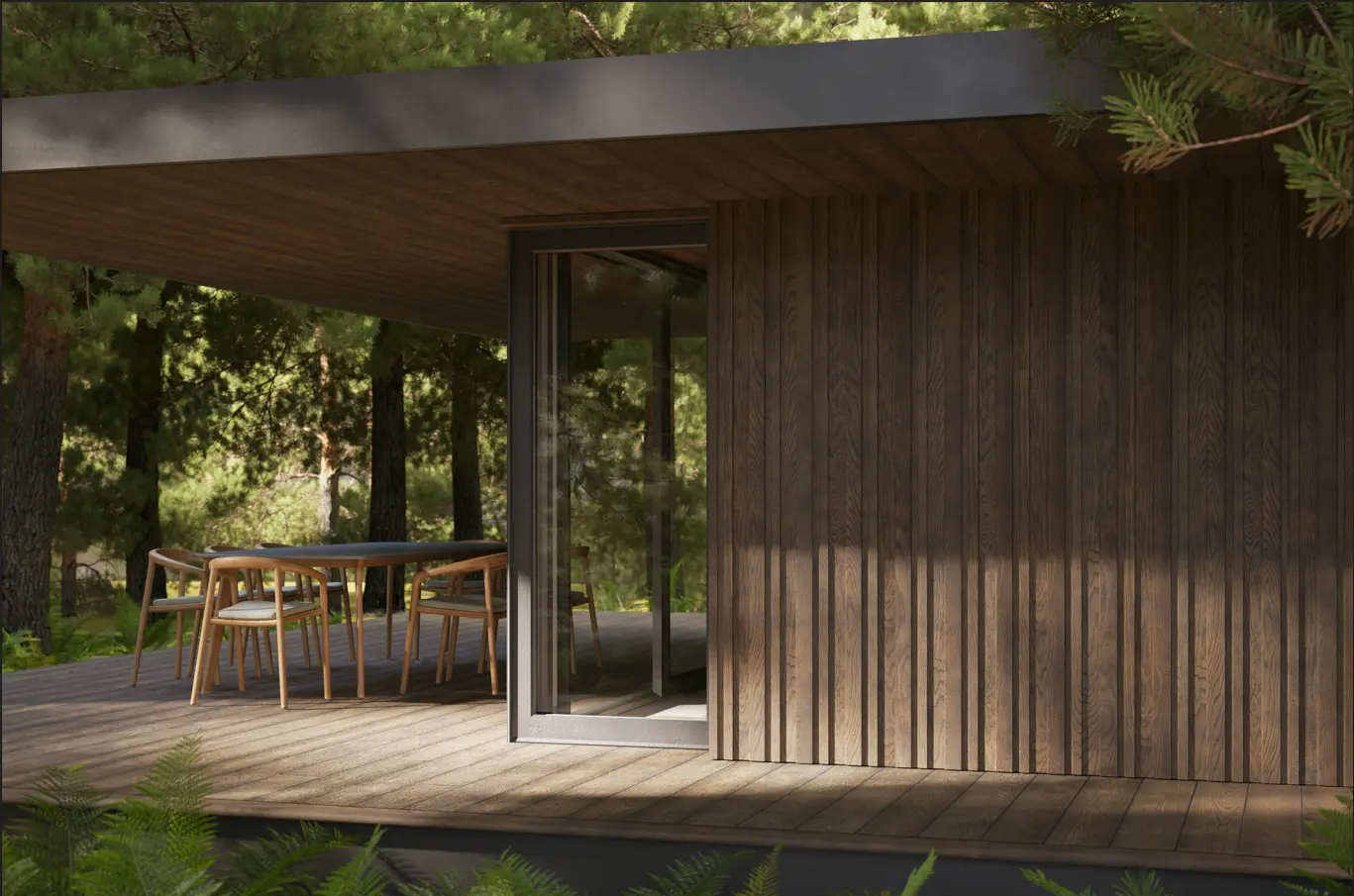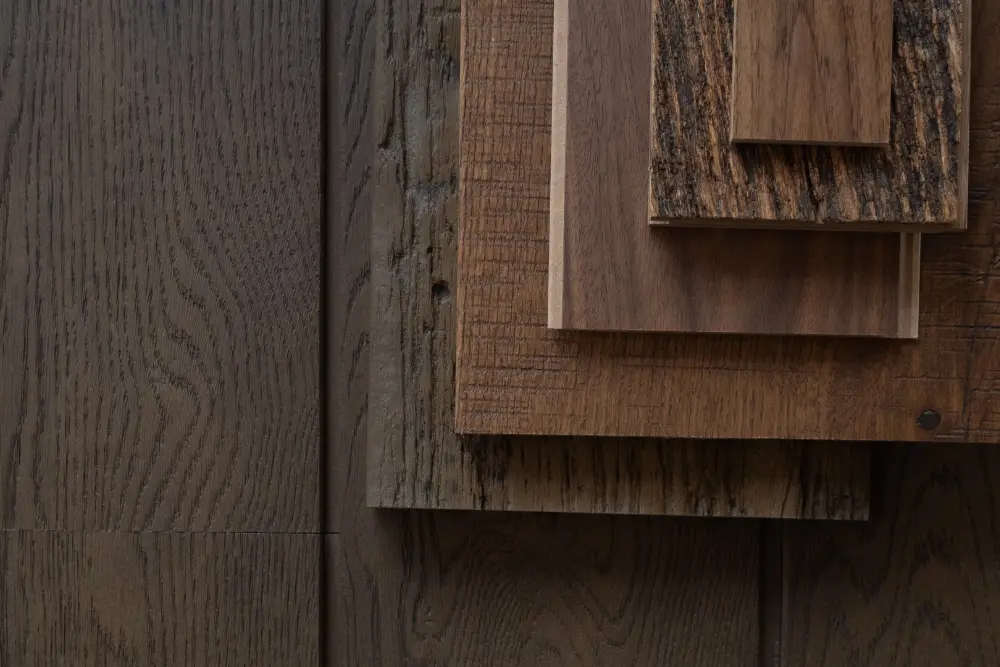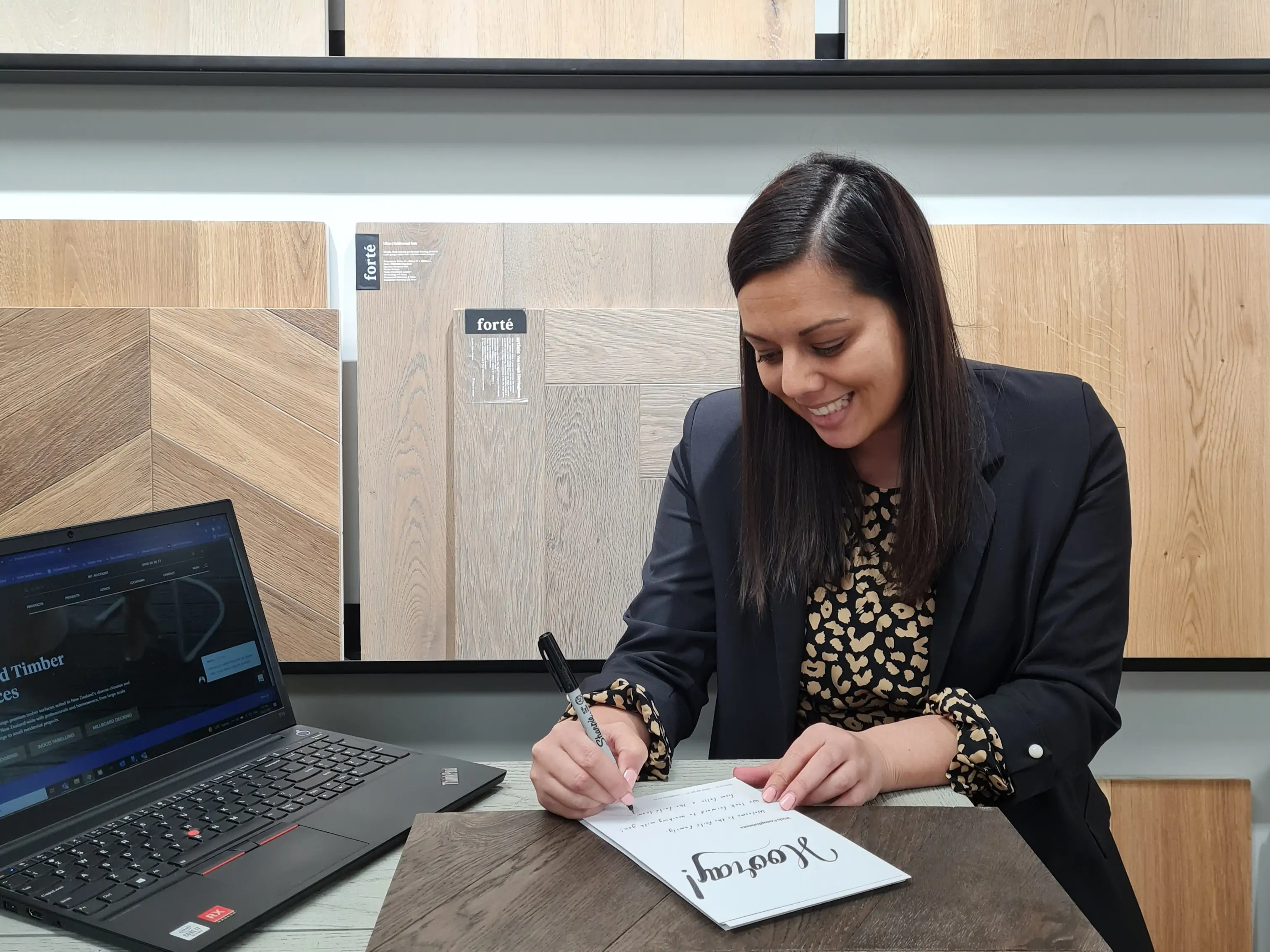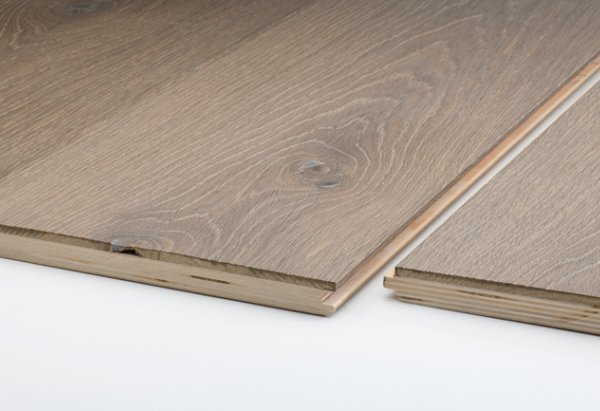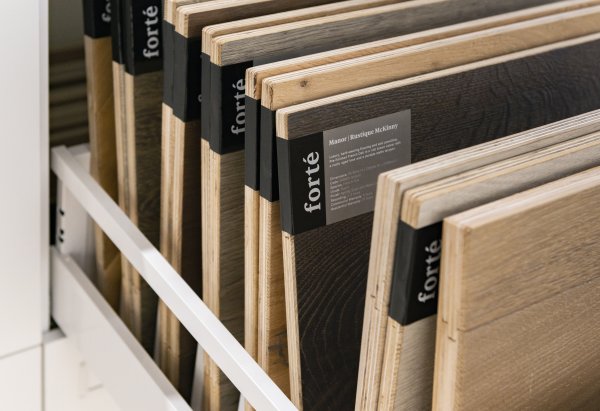Types of Engineered Timber Flooring
November 24, 2018
Did you know there are different types of engineered timber flooring? Not all types are made equal so it is a good idea to check what type you are looking at before you buy.
Multi-layer construction (aka ‘sandwich core’)
Features a wear layer (lamella) glued to a backing made up of from multiple thin plies of wood adhered together. The wood grain of each ply runs perpendicular to the ply below it. Stability is attained from using thin layers of wood that have little to no reaction to climatic change. The wood is further stabilized due to equal pressure being exerted lengthwise and widthwise from the plies running perpendicular to each other.

3-layer construction (finger core)
Features a wear layer (lamella) glued to a backing made up of small pieces (‘fingers’) of timber (often hevea, spruce or birch) with gaps in between that run perpendicular to wear layer. A final layer of ply covers the back of the board, running parallel to the wear layer. Stability is gained through the grains running perpendicular to each other, and the expansion and contraction of wood is reduced and relegated to the middle ply, preventing the floor from gapping or cupping.

Fibreboard backing
Features a wear layer (lamella) glued to a backing made of medium or high density fibreboard. Floors with a fibreboard core are hygroscopic and must never be exposed to large amounts of water or very high humidity - the expansion caused from absorbing water combined with the density of the fibreboard will cause it to lose its form.


